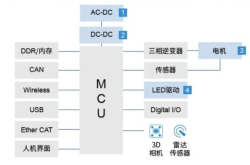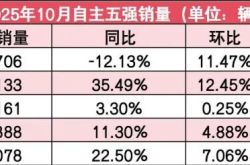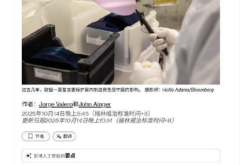Are New Products All Becoming Tech 'Frankenstein's Monsters'?
![]() 07/23 2025
07/23 2025
![]() 535
535
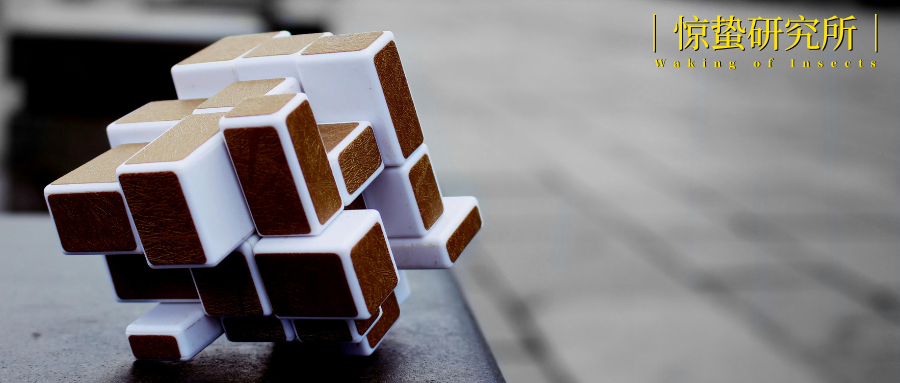
Author | Wu En
Disclaimer | The lead image is sourced from the internet. This is an original article by Jingzhe Research Institute. Please leave a message to apply for authorization if you wish to repost it.
Xiaomi's AI smart glasses, as anticipated, did not disappoint Lei Jun's personal endorsement efforts. Since their release on June 26th, these multifunctional glasses have sold over 80,000 pairs in just 15 days, far surpassing internal expectations. This prompted Xiaomi to urgently raise its sales target from 300,000 to 500,000 pairs. However, alongside their popularity, these glasses have also faced criticism: Is the so-called high technology simply a Frankenstein's monster of cameras, headphones, and smart assistants?
Similar questions have arisen not only with AI smart glasses but also with domestic new energy vehicles, which have been questioned for straying down the wrong path of integrating 'color TVs, refrigerators, and big sofas.' Microwave steam ovens that combine microwave ovens, ovens, steamers, air fryers, and other functions have seen price hikes but compromised user experiences. Smart toilets with added music functions, capable of playing music while flushing, cost an extra 300-500 yuan...
After being dazzled by various overlapping functions, consumers have begun to carefully calculate the cost: How many more superfluous features must we pay for? Why has so-called technological innovation evolved into the proliferation of tech 'Frankenstein's Monsters'?
Tech Stitching: A Double-Edged Sword
Open the instruction manual of any smart product, and you'll find the list of functions has grown increasingly long. In September 2023, the Ray-Ban Meta smart glasses launched by Meta in collaboration with Ray-Ban only had simple audio and photography functions. Less than two years later, Xiaomi's AI smart glasses, in addition to basic functions like audio and photography, can also realize payment, AI voice interaction, AI object recognition, simultaneous interpretation in 10 languages, voice-to-text, and even support voice control of Xiaomi's smart home ecosystem and cross-device integration with Xiaomi's electric vehicles.
The 'functional evolution' speed in the automotive industry is equally impressive. A decade ago, a screen with a reverse radar and reverse camera was already a high-end configuration in cars. Nowadays, driven by the wave of electrification, reverse radar and reverse camera are standard equipment, and it's almost embarrassing for a car brand to greet consumers without three to five large screens. Additionally, functions and configurations such as automatic parking, assisted driving, outdoor projection, in-car KTV, air-conditioned sofas, and large TVs are all available, aiming to provide it all.

The home appliance industry, which has always prided itself on technological advancements, has also fallen into the internal competition of functional races. Since the emergence of microwave ovens that combine microwave and oven functions, home appliance brands have discovered a new frontier. Since then, microwave steam ovens, microwave steam fryers, and microwave steam fryer stewers have successively come onto the market, with major manufacturers competing to see who has more comprehensive product functions.
The prevalence of 'functional Frankenstein's Monsters' that seek to be large and comprehensive has its positive side. Stitched products reduce the threshold for users to try new technologies through technology combinations or functional superpositions, enhancing product multifunctionality and satisfying diverse needs in different scenarios. In particular, multifunctional integrated kitchen appliances meet the needs of many small-sized households.
The development history of smartphones is also a typical case of technological functions being continuously stitched and iterated. Twenty years ago, mobile phones were merely a combination of watches and landline phones. After the advent of smartphones, countless technological functions have been continuously integrated through apps, making mobile phones the most important tool in people's lives and a technological leap across eras.
However, when manufacturers begin to indulge in stitching various technological and scenario functions and market them to consumers, the other side of the double-edged sword begins to emerge.

On October 11, 2024, Yang Dacheng, Vice President of ZEEKR Intelligence Technology, released a video showcasing 'having hot pot on the ZEEKR MIX,' making the movie scene of 'eating hot pot while riding in a carriage and singing songs' seemingly come true. Earlier, Liu Tao, CEO of IM Motors, made dumplings in his car during a livestream to promote his LS6 model. Leaving aside the question of what hot pot and dumplings have to do with technology, discussing such needs as having hot pot and making dumplings in the context of vehicle usage already reveals that new energy manufacturers have lost their senses in developing in-car scenarios.
Recently, Liu Ke, Dean of the Institute of Innovation and Entrepreneurship at Southern University of Science and Technology and Dean of the Institute of Clean Energy at Southern University of Science and Technology, expressed his opposition to 'fancy' functions in cars unequivocally: 'For example, pursuing large screens and loudspeakers, you can't put home appliances and mobile phone functions in the car. Most people's time in the car is limited.'
In fact, when products stitched with numerous bizarre functions deviate from real needs, enterprises fall into the awkward situation of 'narcissistic innovation.'
The Helplessness of the Transitional Era of Technology
In fact, enterprises turning products into 'Frankenstein's Monsters' reflect practical helplessness against the backdrop of the times and are the result of multiple forces interacting at a specific stage.
Firstly, there is a mismatch between manufacturers' perceptions and user needs. The piling up of bizarre functions often stems from manufacturers' misunderstandings of users' core experiences rather than precise solutions to pain points. In the marketing process, manufacturers often mistakenly equate 'users need more functions' with 'users need better experiences.' Under this mismatch, there is fertile ground for the birth of 'Frankenstein's Monsters.'
Currently in the kitchen appliance market, the main selling points of range hoods are not just core functions such as wind force and suction, but auxiliary functions like WiFi capabilities and AI functions are equally important. Even if the WiFi function only allows people to remotely turn off the machine, and the AI function merely saves the action of manual buttons. In car marketing, there are also many ridiculous selling points. For example, having a car-mounted toilet, car-mounted kitchen, and car-mounted fishing kit can all become marketing gimmicks for JiShi Automobiles.

Secondly, the birth of 'Frankenstein's Monsters' is largely due to manufacturers' anxiety about differentiation. As market internal competition intensifies and homogeneous competition in various industries becomes increasingly fierce, differentiation has almost become a lifesaver for every manufacturer. Therefore, functional superposition and micro-innovations on mature technology platforms, quickly launching new products at relatively controllable costs, have become the fastest and most reliable means for enterprises to break through. This is essentially a survival strategy for dealing with the red ocean.
If it is a thoughtful combination based on enhancing the user experience, then it's fine. The worst thing is when excessive functional superposition leads to the dilution of individual functional experiences, which can have even more serious consequences.
Take the hidden handles that are popular among major automakers as an example. Initially, some luxury sports cars adopted this technology, mainly to reduce wind resistance during high-speed driving. But later, new energy vehicle manufacturers used this function indiscriminately across various models, making it look more stylish but not very useful. It not only easily increases the probability of failure but also affects the speed of opening and closing doors and even poses safety hazards. As a result, this year, the Ministry of Industry and Information Technology came forward to publicly solicit opinions on the revision plan for the mandatory national standard 'Technical Requirements for Safety of Automobile Door Handles.'
Thirdly, the birth of 'Frankenstein's Monsters' is also an inevitable phenomenon in the process of technological iteration. The history of technological development shows that whenever emerging technologies enter the transition stage to the mass market, a batch of functional stitching products will emerge. However, some of these superimposed functions do not bring corresponding experience improvements, and prices rise accordingly, resulting in a distorted cost-performance ratio that has been widely criticized.
Jingzhe Research Institute observed on an e-commerce platform that a cross-door refrigerator featuring a 21.5-inch smart screen is priced at 6999 yuan. Another cross-door refrigerator with similar configuration but without a smart screen is priced at only 3839 yuan. A price difference of 3000 yuan is enough to buy a highly cost-effective tablet on the market, but here it is installed on a refrigerator to provide limited functions. Is it really worth it in terms of daily use scenarios and user experience?

Similarly, smart toilets with added functions such as voice control, automatic lid lifting, and music playback often double in price, but these newly added functions are hardly practical and often become mere ornaments.
However, some manufacturers tend to fabricate or exaggerate scenario experiences in order to quickly push open the market, endowing new functions with unrealistic halos. But when consumers actually use them and find that the new functions are far from being as magical as advertised, or even become ornaments, reflections on 'intelligence tax' arise spontaneously.
This disenchantment process not only harms individual brands but also overdraws the credibility of entire categories and even technological innovation, exposing the weakness of China's basic scientific research strength.
The Power of Basic Innovation
Behind the prevalence of 'stitching' lies a deeper and more fundamental problem: There has been a long-term absence of basic technological innovation in China. What is basic technological innovation? Simply put, it is the ability to invent and create something from nothing.
Although we have had world-leading achievements such as the Four Great Inventions in history, examining the technological history of the past two hundred years, an unavoidable fact is that the major foundational inventions that constitute the cornerstone of modern life have almost all originated in Western developed countries or regions.
Looking around, the prototype of the television was invented by Scotsman John Logie Baird in 1925; the air conditioner was invented by American engineer Willis Carrier in 1902; the founder of the modern automobile industry was German Karl Friedrich Benz; and the mobile phone was invented by American Martin Lawrence Cooper. The internet, which has changed and opened up new technological landscapes in the 21st century, was also born through the efforts of many American scientists.

It can be said that the current high degree of development of China's technology industry is largely built on the basic scientific breakthroughs laid by predecessors. Coupled with the strong engineering, industrialization capabilities, and agile market response of Chinese technology enterprises, the glory of 'Made in China' has been achieved.
However, in the field of original innovation from '0 to 1,' we are still catch-up players. According to Qiushi.cn, China's investment in basic research funding 'accounts for 6.91% of the total R&D funding of the society, but there is still a significant gap compared to the 12%-23% proportion of major developed countries.'
Especially at the enterprise level, basic research is not aimed at short-term applications, and is characterized by large investments, long cycles, and high risks, which fundamentally contradicts the nature of enterprises pursuing immediate profits. The absence at the source of scientific research makes the R&D of many Chinese enterprises often not invested in the creation from '0' to '1,' but favors improvements and combinations based on '1,' ultimately sliding into the path dependency of functional piling. This is also one of the underlying logics for many industries currently trapped in homogeneous internal competition.
Fortunately, China's technology industry has recognized this bottleneck from top to bottom and begun to take action. National leaders have repeatedly emphasized that 'basic research is the source of the entire scientific system' and 'we must attach great importance to breakthroughs in original professional basic theories, strengthen the construction of scientific infrastructure, ensure the continuous advancement of basic, systematic, and cutting-edge technological research and technological development, and strengthen the source supply of independent innovation achievements.'
Data from the National Bureau of Statistics also shows that in the past decade or so, China's expenditure on basic research funding has increased from over 50 billion yuan to nearly 250 billion yuan last year, an increase of more than four times.
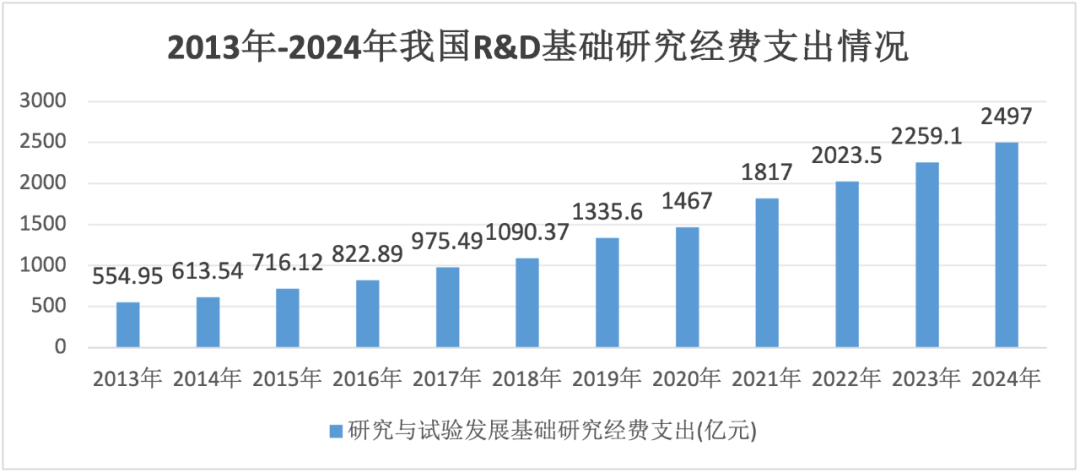
At the enterprise level, several technology companies have undertaken noteworthy endeavors. Ren Zhengfei, the founder of Huawei, has consistently highlighted that 'basic science serves as the foundation.' Reports indicate that approximately one-third (around 60 billion yuan) of Huawei's annual R&D investment of 180 billion yuan is dedicated to basic scientific research. Similarly, Tencent has established the 'New Cornerstone Researcher Program' with a 10 billion yuan investment to support scientists in their unfettered explorations. These actions signify a pivotal shift in industrial awareness.
While China's overall investment intensity in basic research still lags significantly behind that of major developed countries, reversing the relative weakness in the '0 to 1' stage and breaking the cycle of functional accumulation is not an overnight achievement. However, it is evident that certain basic innovations in areas such as large AI language models and humanoid robots have attained international leadership. It merely requires time for these cutting-edge scientific advancements to transition into consumer-grade applications.
Looking ahead, with the guidance of anti-monopoly policies and the heightened awareness among corporations, China's essential innovation and industrialization capabilities will converge. This convergence will undoubtedly enable China to transcend the model of internally competitive innovation and usher in a genuine era of technological dominance.

